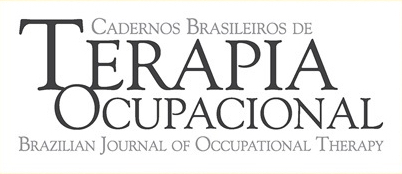Psychometric properties of the Assessment of Positive Occupations (APO-11) in Spanish undergraduates: measuring engagement in fulfilling and meaningful occupations
DOI:
https://doi.org/10.1590/2526-8910.cto411940442Keywords:
Life Satisfaction, Human Activities, Validation StudyAbstract
Introduction: The Assessment of Positive Occupations (APO) is a self-report scale developed to measure engagement in fulfilling and meaningful occupations based on the PERMA model of psychological well-being. Although engagement in such activities relates to well-being in undergraduates, few validated instruments exist for Spanish-speaking, non-clinical populations. Objective: This study examined the factor structure and psychometric properties of the 11-item Assessment of Positive Occupations (APO-11) using confirmatory factor analysis (CFA) in a Spanish undergraduate sample. Method: Participants were 363 undergraduates (84.8% women; M = 20.32, SD = 2.21). They completed the APO-11, the Satisfaction with Life Scale, Purpose in Life-Short Form, Seeking of Noetic Goals-8, and the Engagement in Meaningful Activities Survey. CFA was performed using Diagonally Weighted Least Squares. Convergent, discriminant, and construct validity, as well as reliability (McDonald’s omega), were assessed. Results: The four-factor model showed good fit (CFI = .939, TLI = .911, RMSEA = 0.067, SRMR = 0.047). Convergent validity was supported by positive correlations with life satisfaction, purpose in life, engagement in meaningful activities and expectations (r = .18–.62, p < .05); discriminant validity by negative correlations with existential vacuum (r = –.06 to –.36, p < .05). However, the Meaning dimension showed weaker discriminant validity (AVE = .44). Internal consistency was acceptable for the total scale (ω = .84) and subscales (ω = .69–.83). Conclusion: The APO-11 is a valid and reliable tool for assessing engagement in fulfilling and meaningful occupations in Spanish undergraduates, contributing to well-being evaluation in this population.
Downloads
Published
How to Cite
Issue
Section
License
Copyright (c) 2025 The Authors

This work is licensed under a Creative Commons Attribution 4.0 International License.


